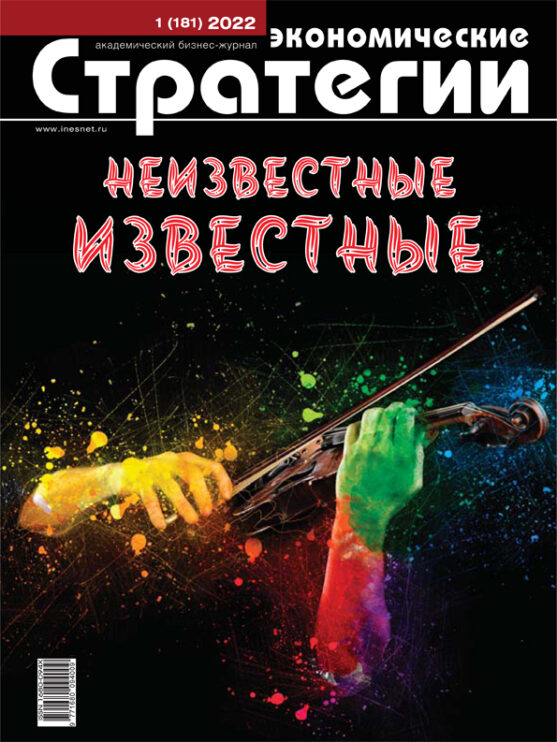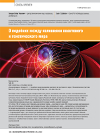On Similarities Between Phenomena of the Quantum and Genetic World
DOI: https://doi.org/10.33917/es-1.181.2022.138-145
The article is dedicated to two world-famous scientists, the founder of Soviet genetics and experimental biology, Nikolay Konstantinovich Koltsov (1872–1940) and his brilliant student, the founder of chemical mutagenesis, Hero of Socialist Labour, Lenin Prize laureate, Nobel Prize nominee (1962), member-correspondent of the Academy of Sciences of the USSR Iosif Abramovich Rapoport (1912–1990). Both made a huge contribution to convergence and blending of different sciences, bridging living and non-living nature. Just over 120 years ago, two great theories emerged — the quantum and the gene one. Both theories played a revolutionary role in natural science, having established two fundamental features of the material world — discreteness and discontinuity. Speaking at the same time in the language of discontinuity, quantum physics and genetics throughout the entire 20th century were following parallel courses, enriching themselves with new facts and ideas. The laws they discovered have broken many ideas on the “good old world”, where phenomenological interconnections dominate, have reduced the essence of all things and phenomena to combinatorics and the atoms and genes activities, have given the keys to controlling many natural processes. Dynamic nature of the microworld objects’ research would continue in the 21st century, since many unsolved problems related to human needs remain in the field of high energy physics, genetics, molecular biology and nanotechnologies.



